
Ditch the Knife: Effective Non-Surgical Treatments for Bunion Pain Relief
Ditch the Knife: Effective Non-Surgical Treatments for Bunion Pain Relief
A bunion, medically known as hallux valgus, is a common and often painful deformity at the base of the big toe. It arises from a misalignment of the big toe bones, causing ligaments and tendons around the joint to stretch. This eventually leads to an enlarged joint and a painful, protruding lump. The soft tissue covering this deformed joint can become inflamed, red, and incredibly painful, making walking and exercise a challenge.
While surgery is the only way to permanently correct a bunion's underlying bone alignment, there are numerous natural and home-based treatments that can effectively relieve pain, reduce pressure, and potentially halt the bunion's progression, helping you avoid the need for surgery.
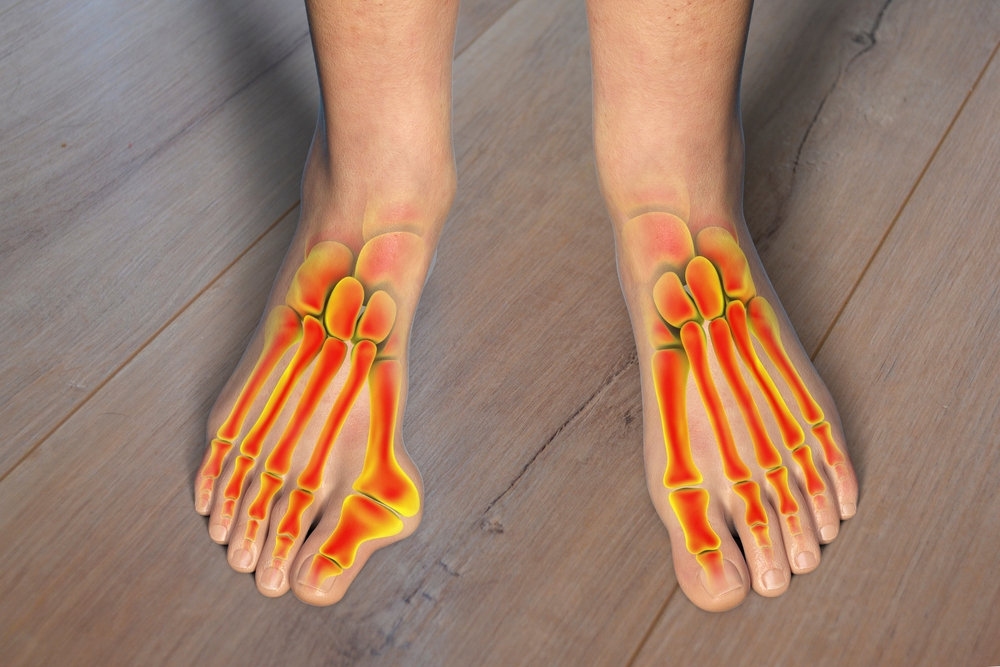
What Causes Bunions?
Bunions are primarily influenced by footwear and gait. According to Dr. Georgeanne Botek of the Cleveland Diabetic Foot Clinic, they affect more women than men, especially in older age. Given that the big toe joint bears most of the pressure during walking, bunions can make everyday movement difficult and painful.
Bunions can also be associated with certain types of arthritis, particularly inflammatory conditions like rheumatoid arthritis. Additionally, some individuals develop a similar deformity on the little toe called a bunionette or "tailor's bunion," which causes pain in the joint of the small toe and may be covered by a hard corn or callus.
Can Bunions Be Reversed or Shrunk?
While the bony deformity of a bunion cannot be reversed without surgery, it is possible to prevent their formation and, in some cases, slow or even halt their development. Dr. Philip A. Radovic, a doctor of podiatric medicine, suggests that early diagnosis combined with supportive footwear and proper shoe inserts can significantly impede bunion progression. Most non-surgical approaches focus on managing pain and supporting the toe through arch supports, splints, or topical applications. These methods aim to reduce pressure on the affected joint, thereby alleviating discomfort during walking or exercise.
Natural Treatments for Bunion Pain and Prevention
Doctors generally agree that bunions are a permanent structural deformity, and surgical procedures are the only way to realign the toe to its original position. However, many effective non-surgical home treatments can provide significant pain relief, reduce pressure, and potentially prevent your bunion from worsening, thus helping you avoid surgery.
-
Proper Footwear: Wearing appropriate shoes is paramount for relieving bunion pain and potentially preventing further progression. The American Academy of Orthopaedic Surgeons emphasizes comfortable shoes that provide ample space for your toes. Proper footwear reduces pressure on the painful bunion lump, easing discomfort during activity. They recommend:
-
Avoiding high heels (over 2 inches).
-
Ensuring your toes are not squeezed together.
-
Regularly measuring both feet to ensure the correct shoe size.
-
Buying shoes that fit comfortably from the start – don't expect them to stretch.
-
Proper footwear is equally important for alleviating pain from a bunionette or "tailor's bunion."
-
-
Orthotics and Supports: Various bunion correctors, pads, inserts, and splints can provide relief and potentially slow bunion progression.
-
Shoe Inserts: Padded shoe inserts are designed to distribute pressure more evenly across your foot, which can support the affected toe and reduce bunion pain. These are available over-the-counter or can be custom-prescribed by a podiatrist.
-
Splints: Splints help hold the big toe as straight as possible, easing discomfort when resting or sleeping. By maintaining alignment, they can reduce inflammation in the joint.
-
Padding: Bunion pads provide cushioning and reduce friction on the enlarged joint, preventing chafing and irritation during walking. Some gel-filled pads also help keep the toe in a more aligned position.
-
-
Cold Therapy: One of the most common and effective ways to treat a painful, inflamed bunion is with an ice pack. Cold therapy helps reduce inflammation and temporarily numbs nerve endings, alleviating pain. It's especially useful after long periods of standing or exercise.
-
How-to: Place crushed ice in a thin towel and wrap it. Gently apply to the inflamed toe joint for 5 to 10 minutes. Remove for 10 minutes, then reapply 2 or 3 times. Use whenever your bunion is swollen, inflamed, or painful to reduce inflammation and promote healing.
-
-
Marigold (Calendula): Marigolds possess strong anti-inflammatory properties that can significantly relieve bunion pain. Studies have shown that topical applications of marigold extracts can effectively reduce inflammation and pain. For example, research published in The Foot and Ankle Online Journal demonstrated that a paste containing marigold extracts, applied with a pad to the bunion, achieved complete pain relief and reduced bunion size after 8 weeks.
-
How-to: Calendula creams and extracts are available at drugstores and health food stores. Apply as directed to the affected area.
-
-
Massage: A therapeutic foot massage can alleviate bunion pain and discomfort by increasing blood flow to the affected area and reducing swelling.
-
How-to: Gently massage the bunion and surrounding area with a small amount of coconut oil. You can enhance the benefits by adding a few drops of anti-inflammatory essential oils (e.g., lavender, frankincense). Use the ball of your thumb in circular motions, applying gentle pressure. Repeat 2-3 times daily for relief.
-
-
Turmeric: Turmeric, particularly its active compound curcumin, is a powerful anti-inflammatory often used in traditional medicine and supported by modern research. It can be especially beneficial for bunions linked to arthritis, as curcumin has been shown to relieve painful symptoms of osteoarthritis.
-
How-to: Increase turmeric in your diet, ensuring you optimize its absorption (e.g., by consuming it with black pepper). For topical relief, mix 1 tsp of turmeric powder with a little coconut oil to form a paste, then massage directly into the bunion 2-3 times daily until symptoms improve.
-
-
Chamomile: Chamomile is another natural remedy touted for its pain-relieving properties for bunions. Research indicates that chamomile has potent anti-inflammatory activities, comparable to some non-steroidal anti-inflammatory drugs (NSAIDs).
-
How-to: Create a chamomile massage oil by mixing 2-3 drops of chamomile essential oil with a tablespoon of coconut or olive oil. Massage this blend into your toe nightly before bed to help ease discomfort.
-
-
Foot Exercises: While research is ongoing, some exercise physiologists, like Dr. Richard Weil, advocate for strengthening foot muscles to increase toe flexibility and potentially slow or halt bunion progression, potentially preventing surgery. Here are some suggested exercises:
-
Towel Pull: Sit barefoot on a chair with a towel on the floor. Curl your toes to grip the towel and pull it towards you. Repeat.
-
Big Toe Pulls: Place a thick rubber band around both big toes. Keeping your heels together, try to pull your big toes apart. Hold for 3 seconds, release, and repeat.
-
-
Epsom Salt Foot Soak: An Epsom salt foot bath can be an excellent home remedy, particularly for bunions exacerbated by arthritis. The magnesium and sulfate in Epsom salt are absorbed through the skin, helping to reduce joint inflammation and improve overall circulation, which can prevent the bunion from worsening.
-
How-to: Add 1/2 cup of Epsom salt to a large bucket of warm water. Soak your feet for 10 minutes to help relieve pain and swelling in your big toe joint.
-
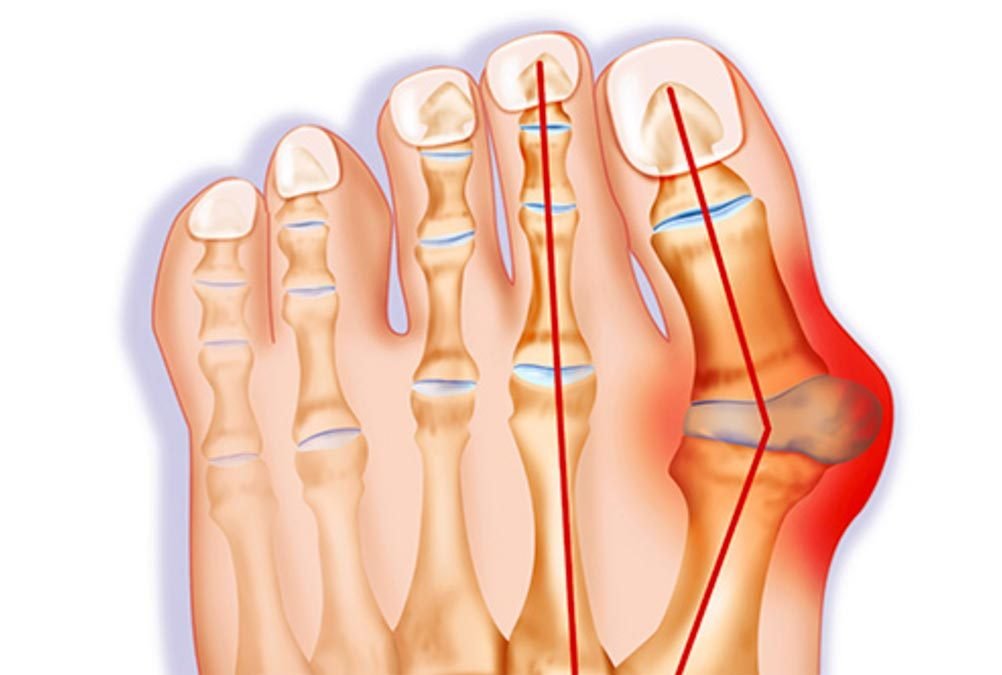
Tips for Preventing Bunions
Preventing bunions is far easier than treating them. Be proactive by:
-
Always wearing well-fitting shoes that provide ample toe room.
-
Avoiding shoes with pointed toe boxes and high heels (over 2 inches), as these significantly aggravate bunions.
-
If you notice early signs of pain or a developing lump, use a bunion pad to relieve pressure and discomfort.
When to Consider Bunion Surgery
If non-surgical treatments fail to control your bunion pain and it significantly impacts your daily activities or quality of life, doctors may suggest surgery as the only definitive option to remove the bunion and realign the big toe. Surgery aims to remove swollen tissue and ensure proper toe alignment to alleviate chronic pain.
Surgery is generally not recommended unless the bunion causes frequent, debilitating pain or severely interferes with your daily activities. It's a significant decision that should be made in consultation with a podiatrist or orthopedic surgeon after exploring all non-surgical avenues.
Are you currently experiencing bunion pain, or are you looking for preventive measures?
News in the same category

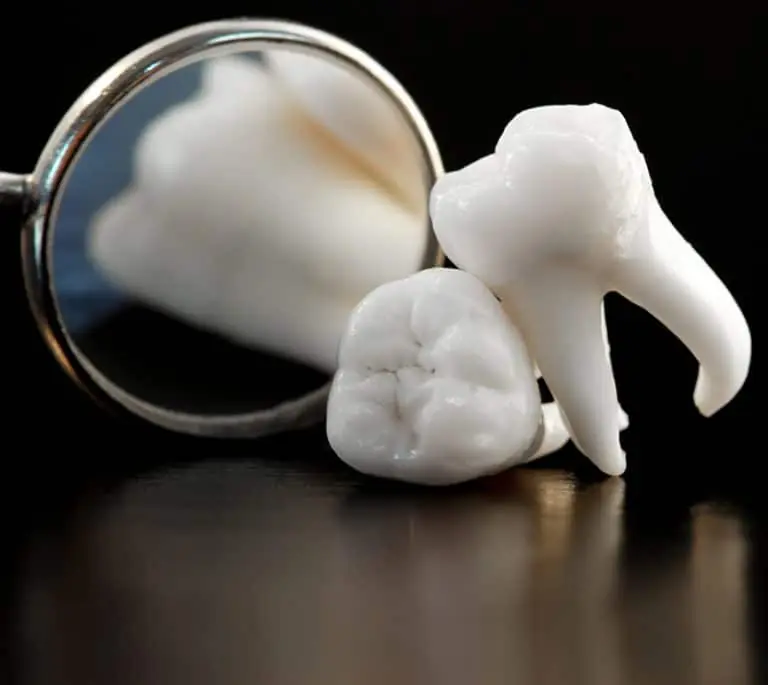
Medical Gold: Why Your Wisdom Teeth Might Hold the Key to Future Cures
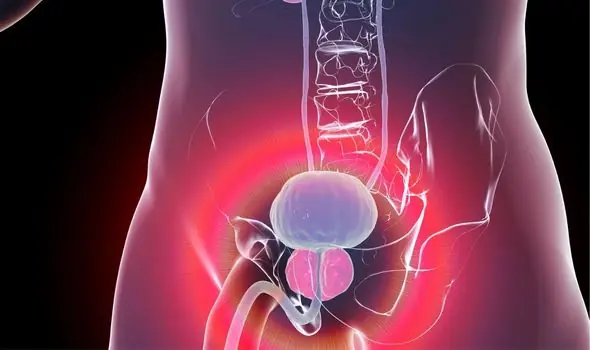
Prostate Cancer: Warning Signs and Symptoms You Shouldn't Ignore
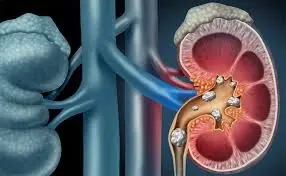
5 Drinks That Can Help Dissolve Kidney Stones and Aid Easy Elimination
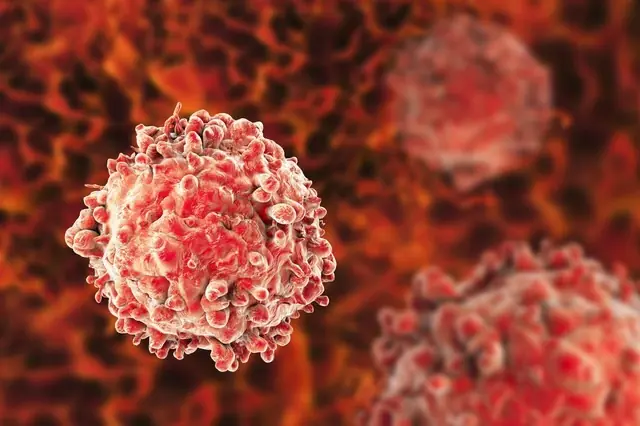
People with Cancer Often Share 8 Morning Signs—Especially Clear After Age 40
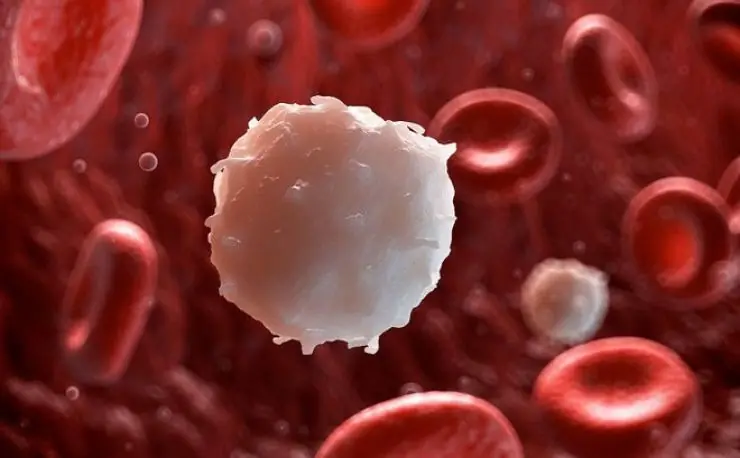
5 Foods That Tumors Hate: Eat These Often for Better Health

Scientists Warn of a Silent Epidemic: Men’s Testosterone Levels Are Plummeting — And Here’s Why

Scientists Found The Hidden Factor Behind the Global Infertility Crisis, And It’s Terrifying
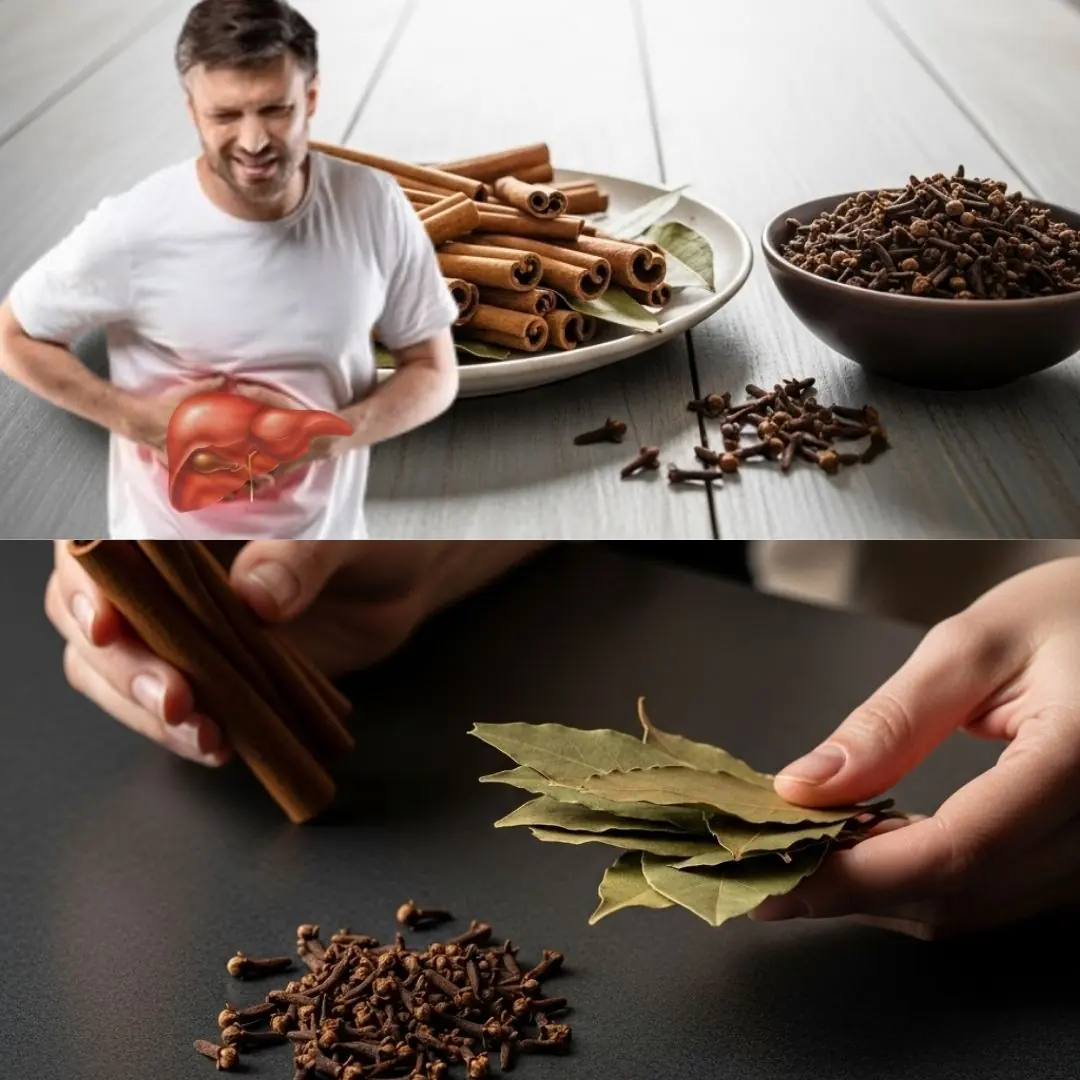
🍵 The Quiet Power of Cinnamon Tea: A Simple Sip for Natural Balance

How to Make the Perfect Pineapple, Turmeric, Carrot, and Lemon Juice: Your Ultimate Homemade Immune Boost Drink
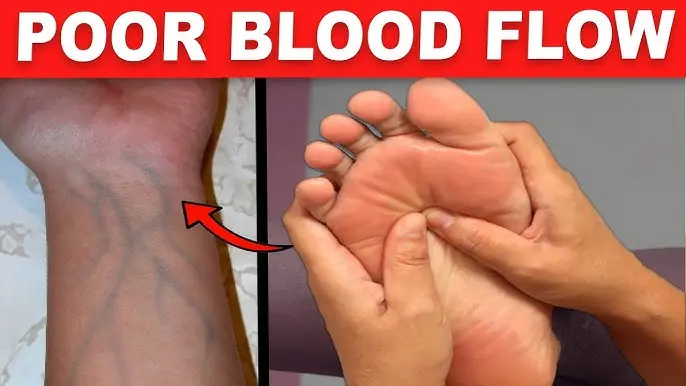
16 Warning Signs Your Blood Circulation is Poor and How to Improve It (Evidence-Based)
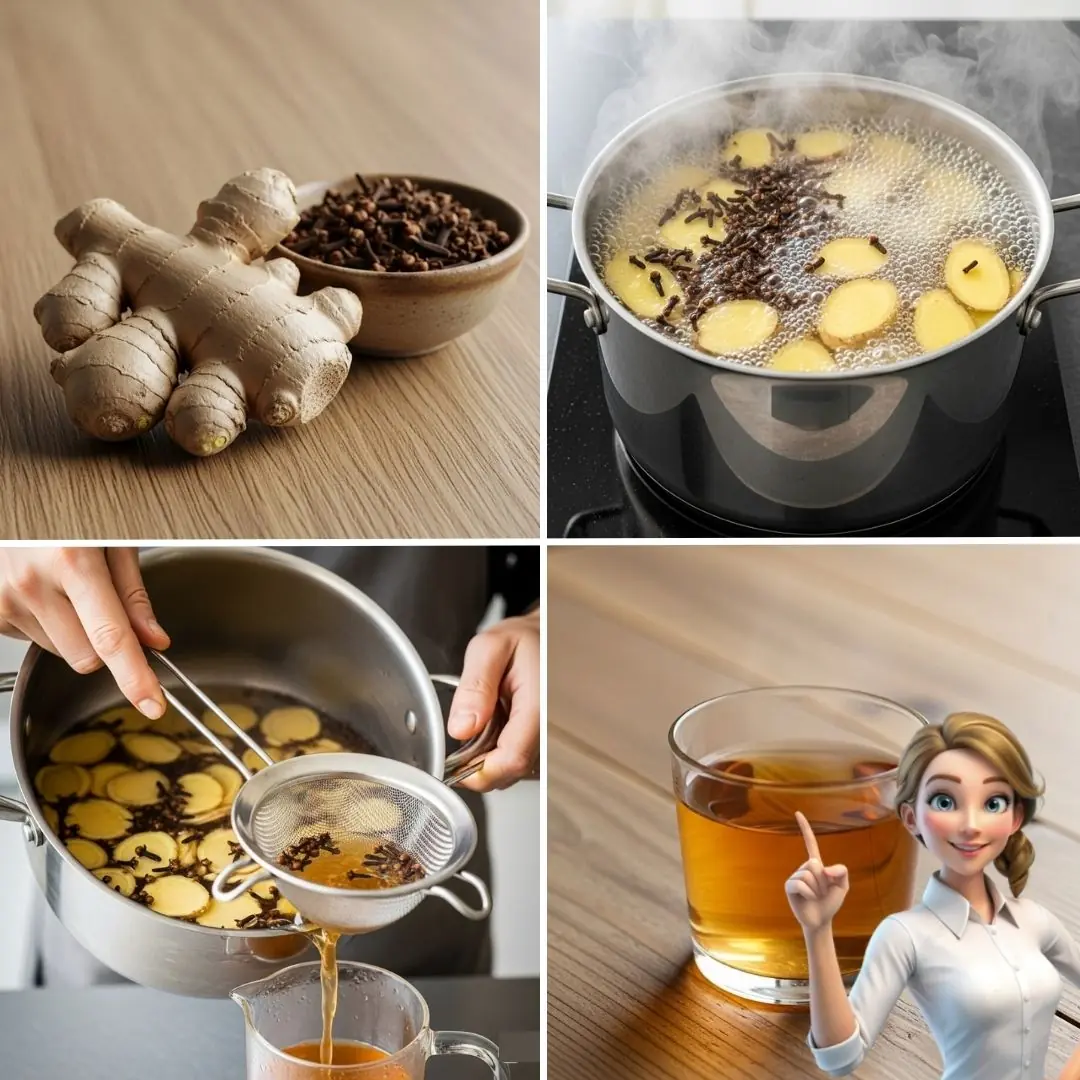
Simple Cloves and Ginger Recipe for Wellness

Nature’s Candy Unleashed: The Jaw-Dropping Health Hacks of Dates You NEED to Know!
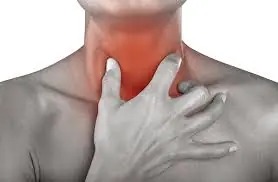
Banish Throat Mucus: Effective Home Treatments for a Clearer Throat (Evidence-Based)
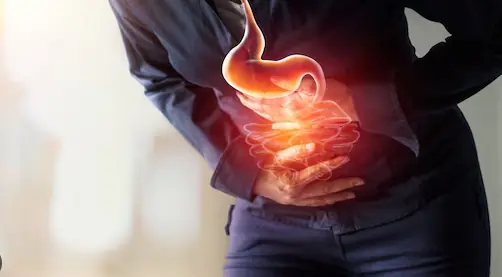
Beat the Bloat: 8 Common Causes of Abdominal Bloating and Evidence-Based Solutions

Doctor Frank Suárez's Natural Recipe: Eliminate Diabetes, Poor Circulation, Fatty Liver, Pancreas Problems, High Blood Pressure, Knee Pain, and Even Cancer
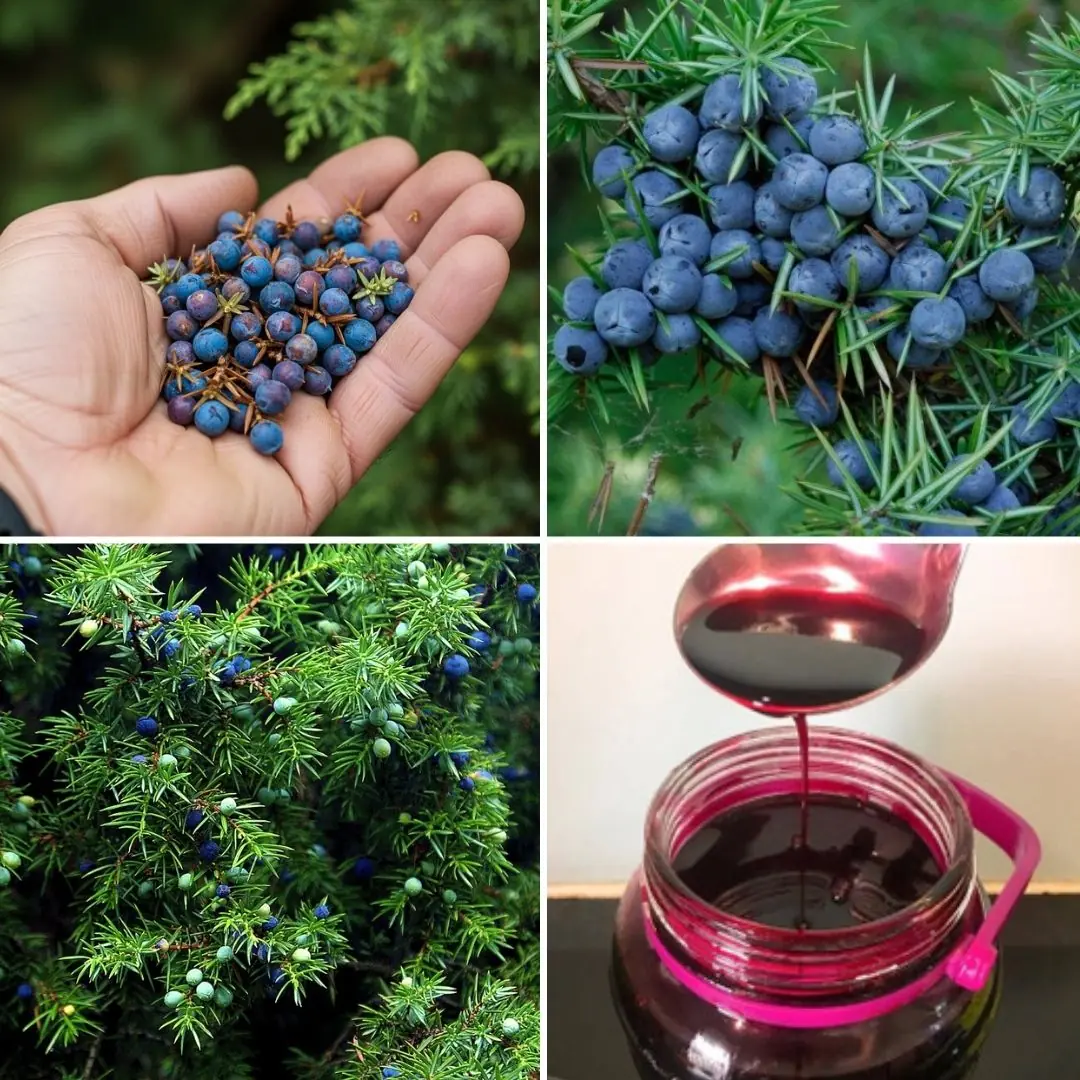
Juniper (Juniperus communis): Benefits and Uses
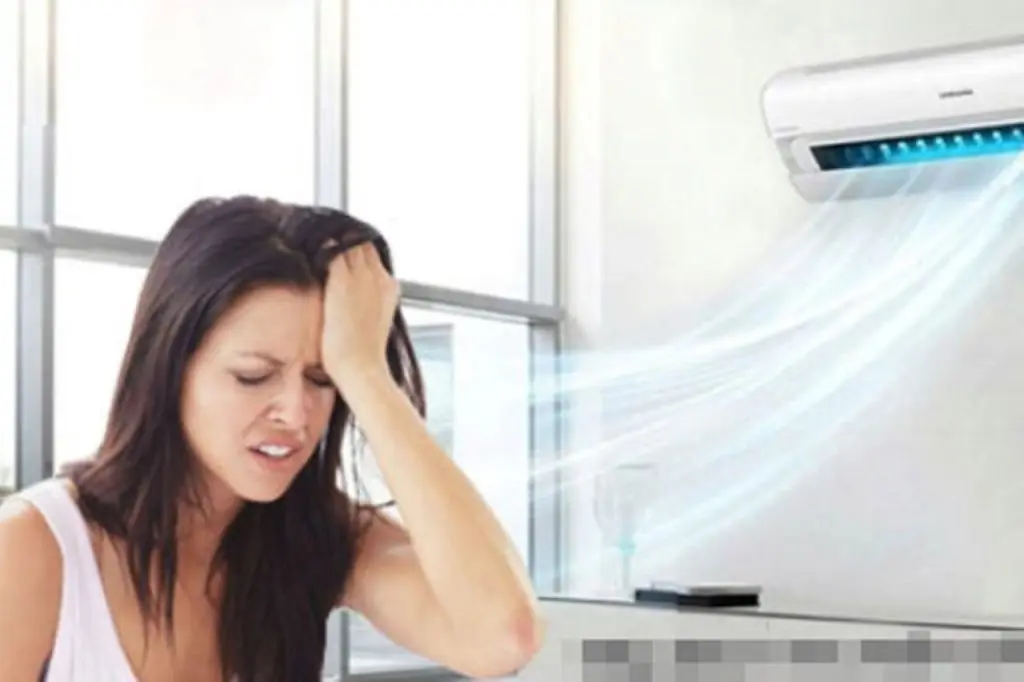
4 Common Habits You Must Change Immediately When Using Air Conditioning to Protect Your Respiratory Health
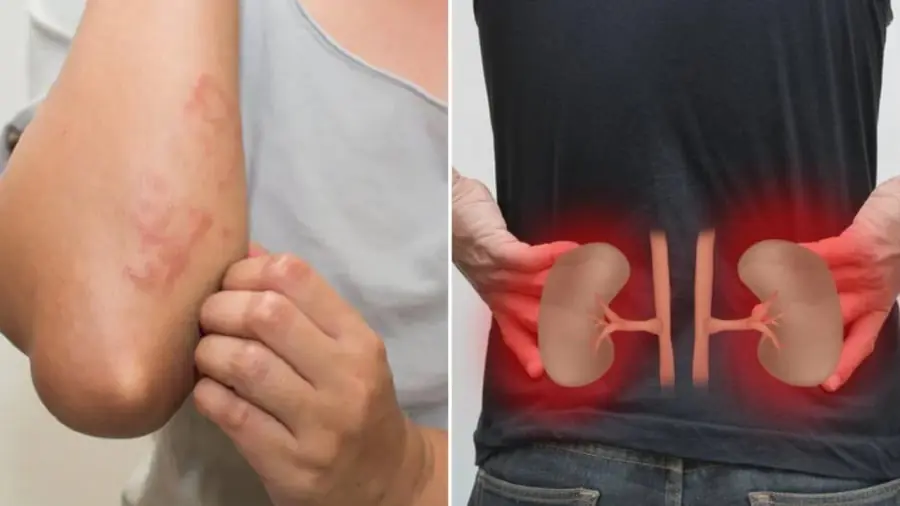
If Your Body Shows These 5 Signs, It Could Be a Warning of Kidney Disease or Impending Kidney Failure
News Post

How I Reclaimed My Life After My Husband’s Betrayal and Their Inevitable Divorce
After 14 years of marriage shattered by infidelity, I found strength to rebuild a new life for my children and myself. This is the story of betrayal, resilience, and how my ex-husband’s affair led to a painful but necessary divorce.

Millionaire Dad Tests Fiancée’s Family by Pretending to Be Poor: A Sh0cking Twist Reveals True Love
A wealthy father goes undercover as a poor man to test the sincerity of his son’s fiancée and her wealthy parents. Tension builds as the family tries to humiliate him, but an unexpected revelation leaves everyone speechless.

When My Mother-in-Law’s Wrath Drove Me from My Own Home: A Tale of Betrayal, Court Battles, and New Beginnings
Tr@pped in a suffocating marriage where my mother-in-law ruled with an iron fist and my husband lost all courage, I f0ught to reclaim my life and my home. This is the story of how I overcame betrayal, court battles, and heartbreak to find peace and freedo

She Caught Her Husband with a Younger Woman—Five Days Later, She Left Him With Nothing but Regret
When Marianne discovered her husband’s secret rendezvous, she didn’t raise her voice—she raised the stakes. What followed was a five-day transformation that stunned her entire family and reclaimed her dignity.

MY STEPMOTHER K!CKED ME OUT AFTER DAD'S DE@TH - THEN THE BLACK SUVs SHOWED UP
When Elish loses her father, she expects grief, not betrayal. K!cked out of her childhood home by the woman who never wanted her, she makes one desperate call. But what waits on the other end isn’t pity but power.

My Husband and His Mother Tried to Give Away Our Apartment to His Sister—My Mom's Response Ended the Discussion Instantly
When a young wife’s husband and mother-in-law suggested giving away her apartment to his sister, her mother’s calm but powerful response stunned the entire family. A story of betrayal, boundaries, and quiet strength.
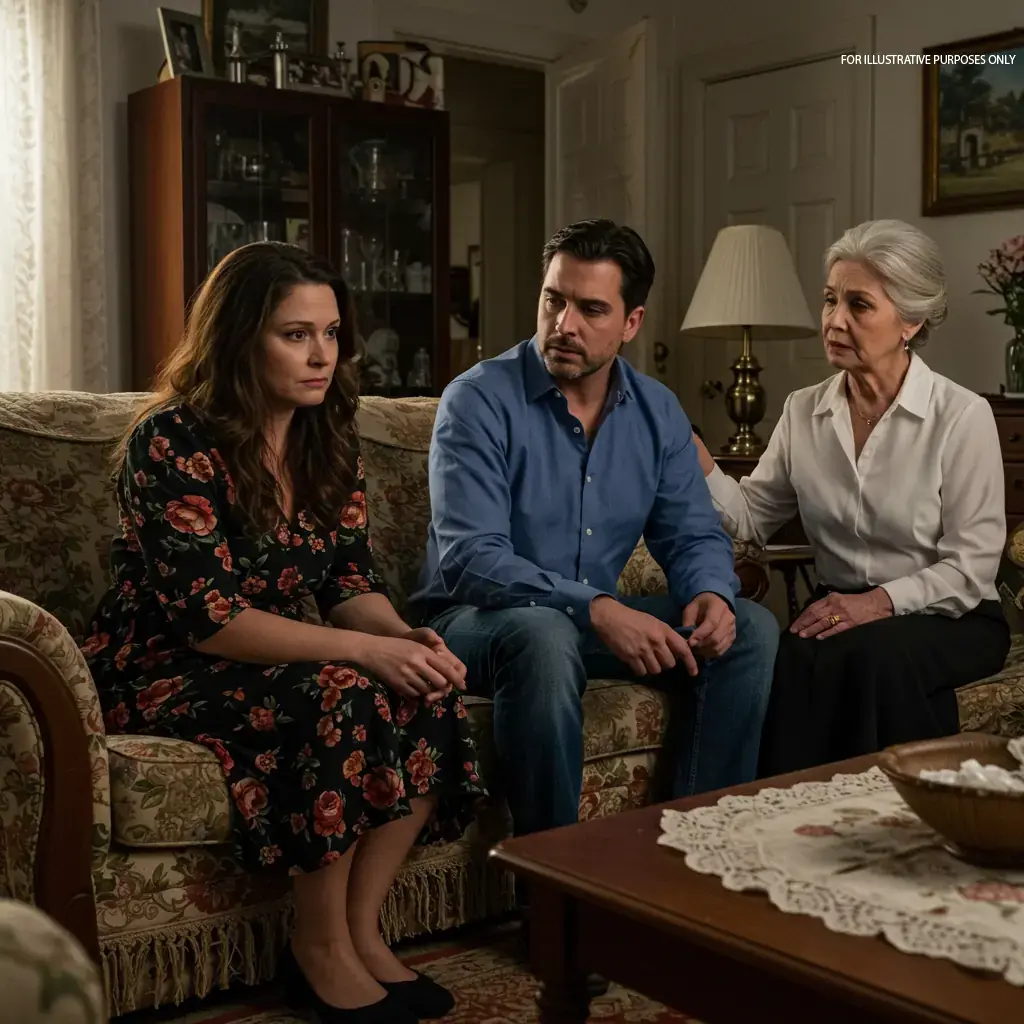
She Chose Herself: A Woman’s Courageous Step Toward Independence After 20 Years of Marriage
Molly’s decision to divorce her husband after overhearing a conversation with his mother marks a turning point in her life. This story of betrayal, self-discovery, and strength will leave you inspired.

I Returned Home to Find My Furniture Up for Grabs — My Ex-Husband’s Petty Revenge Ended in Spectacular Failure

I Didn't Tell My Husband's Family I Speak Their Language, and It Helped Me Uncover a Sh0cking Secret About My Child
What happens when secrets are buried in a marriage? Discover how a simple misunderstanding and language barrier uncovered shocking truths. Read the story of betrayal, love, and trust in this emotional tale.

A LAST GIFT FROM MY FATHER THAT CHANGED MY FAMILY FOREVER
Discover the emotional journey of a daughter uncovering her late father's final secret and how it brought her family closer than ever. A letter, an unexpected gift, and the power of healing.

THE DNA TEST THAT REVEALED MY L0ST DAUGHTER - AFTER A LIFETIME OF LONELINESS
Denny Weaver, a 60-year-old widow, embarks on a journey of self-discovery after taking a DNA test, only to uncover a life-altering secret: she has a twin sister. This emotional reunion brings her a family she never knew she had.

Ki cked Out by My Husband, I Knocked on a Stranger's Door for a Job — What Happened Next Changed My Life
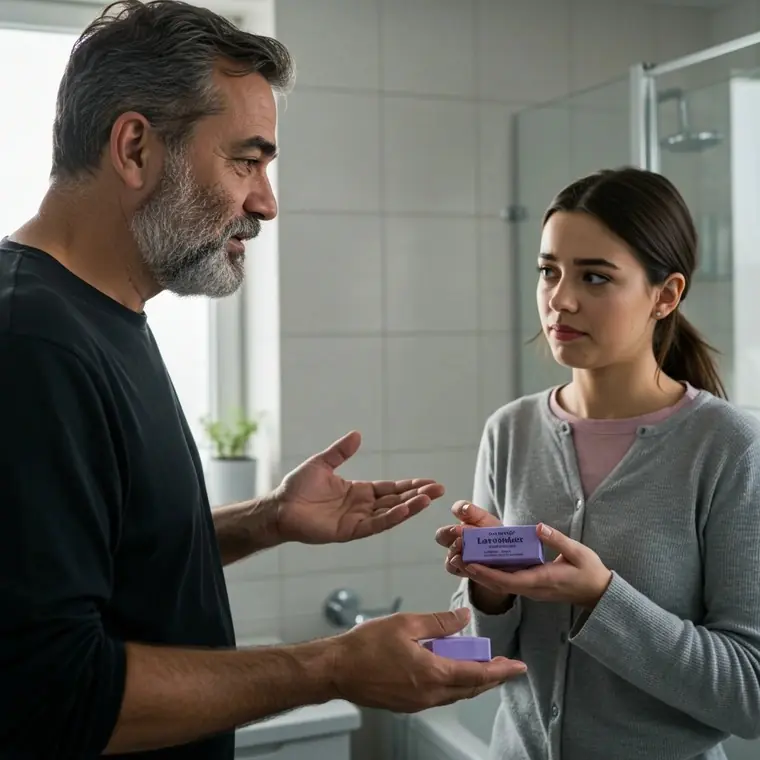
Unveiling the Unthinkable: How a Father’s Cru el Plan Almost Destr0yed His Daughter's Life

Who Would You Give Your Seat to on the Bus? Your Answer Reveals Personality Insights

World’s Oldest Woman, 117, Reveals The One Food Behind Her Long Life
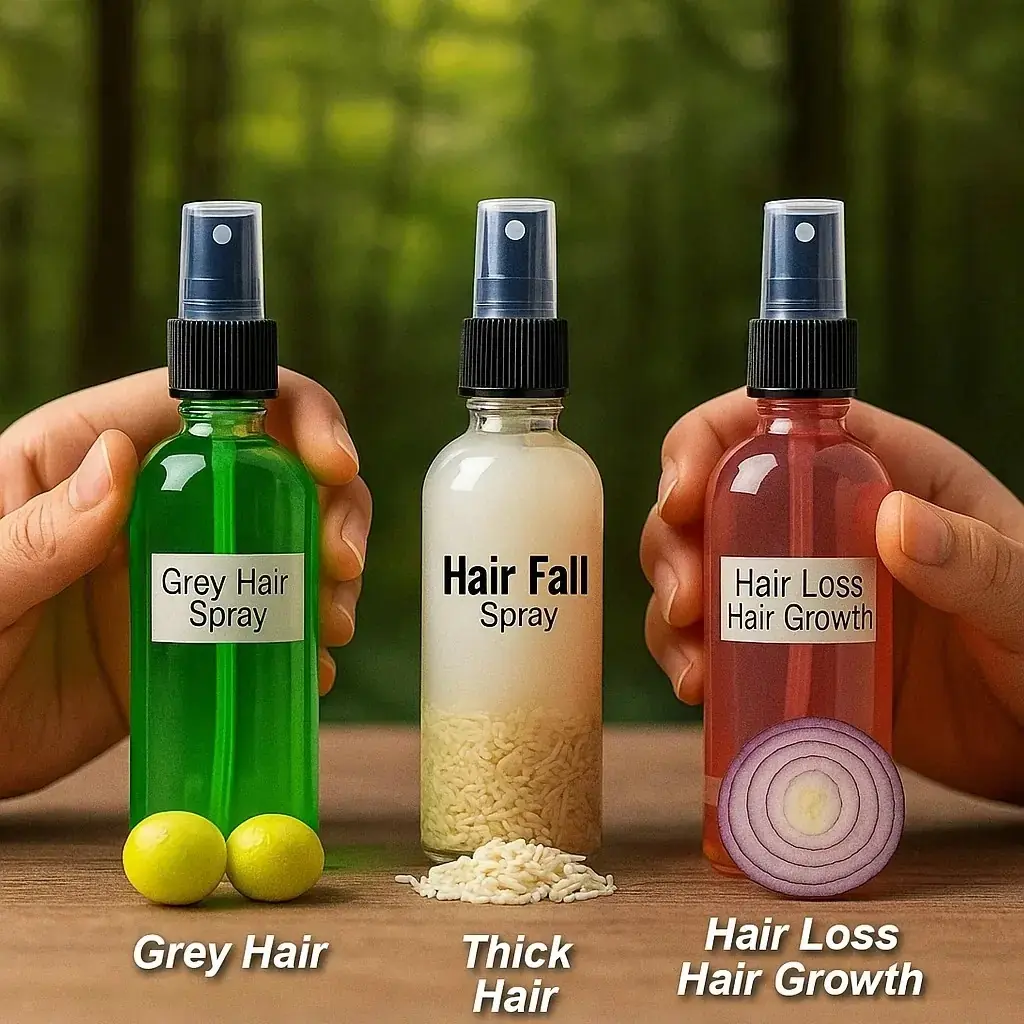
5 Natural DIY Hair Sprays for Promoting Hair Growth, Reducing Thinning, and Tackling Scalp Issues
These DIY treatments not only provide nourishment but also help improve scalp health, stimulate hair growth, and strengthen hair roots.

Reverse Hair Baldness Naturally: 2 Powerful DIY Remedies for Hair Growth and Scalp Health
The DHT Blocker Pack and Hair Loss Reversing Pack provide natural, effective remedies that target the root causes of hair loss, stimulate growth, and nourish the scalp.
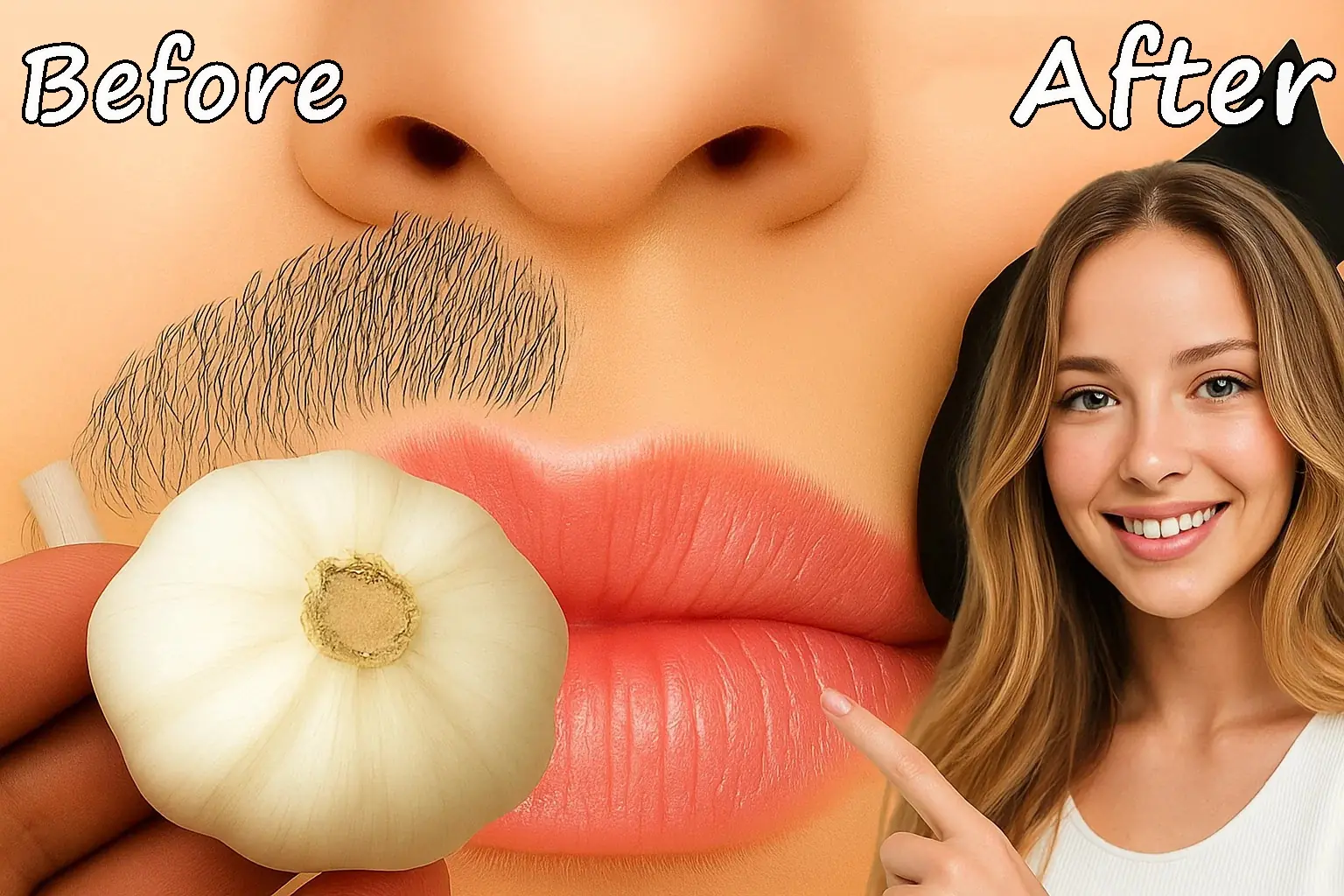
3 Natural DIY Hair Removal Remedies for Smoother, Finer Hair Over Time: The Ultimate Guide
These remedies may not offer instant results, but with consistent use, they can help to slow down hair growth, reduce hair density, and give you smoother, healthier skin.
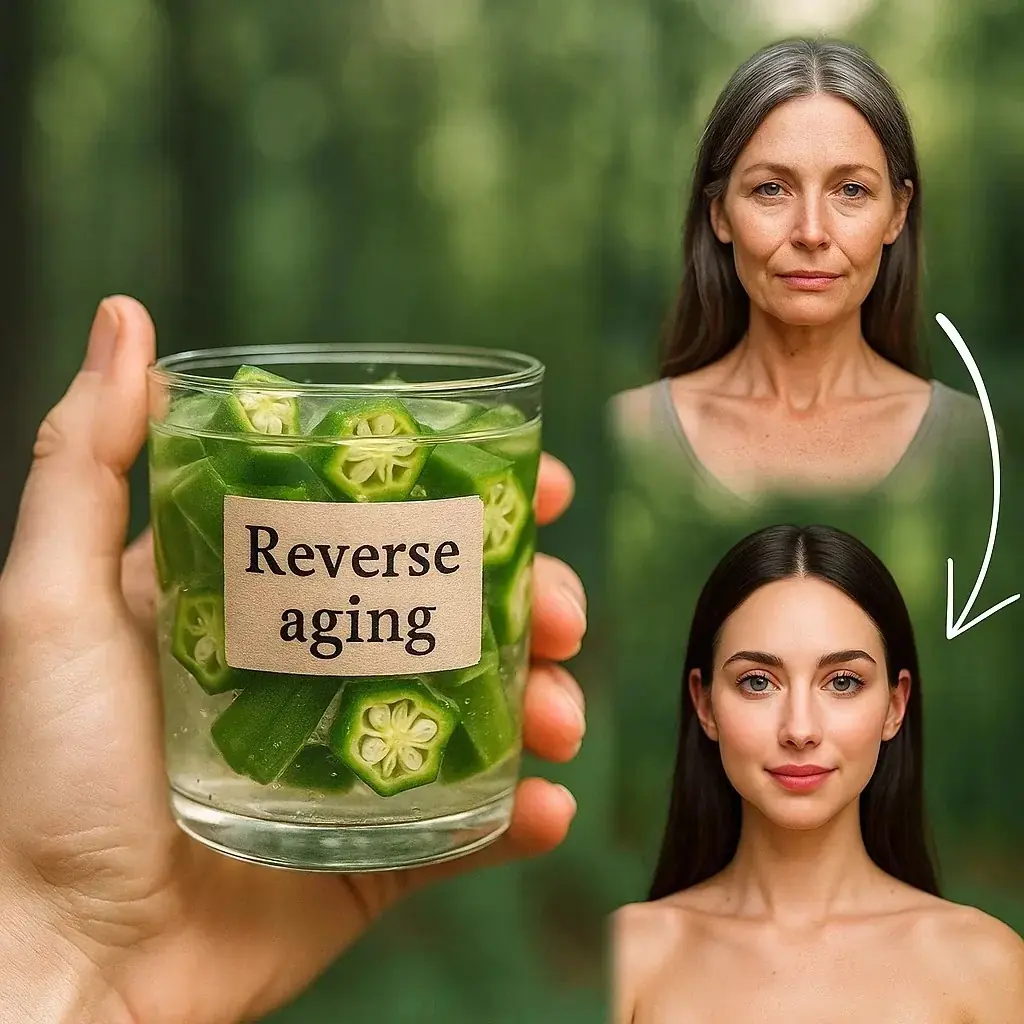
The Ultimate Guide to Okra Detox Drink: Nature’s Botox in a Glass
With its powerful combination of okras, cucumbers, mint, lemon, and other skin-nourishing ingredients, this drink works from the inside out to hydrate, detoxify, and rejuvenate your skin.
